What is PhotoFacial?
PhotoFacial is a series of Intense Pulsed Light treatments that improve the appearance of Rosacea, flushing, sun damaged skin, age spots, spider veins, and skin texture. The treatment also improves mild acne scars, reduces large pores, corrects dark circles around the eyes, and reduces fine lines. This exciting treatment involves little or no “down time”. You can resume normal activities immediately.
How does the treatment work?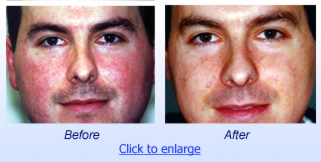
An intense light is applied in a series of gentle pulses over the treatment area. Without damaging the skin, the light penetrates through the skin and is absorbed by the abnormally dilated vessels or pigmentation. The heat impairs the vessel or lesion, and the body begins its natural healing process. The lesion will darken before it flakes off or is absorbed by the body. Treatment can be given as frequently as every three weeks.
How many treatments will I need?
For optimal results, a series of 5 treatments are recommended. Some patients see significant improvement in 2 to 3 treatments; others require more. Follow-up treatments may be recommended to maintain results.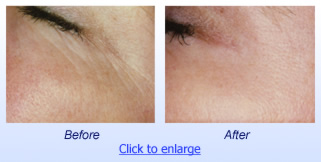
What are the benefits of PhotoFacial?
• Treatment improves sun spots, age spots, dull complexions, uneven pigmentation, large pores, sun damaged skin, and early signs of aging.
• Treatment improves red flushing skin, Rosacea, and broken capillaries.
• Enjoy smoother skin with a more even tone.
• Minimal discomfort during treatment.
• Resume regular activities immediately.
What is a treatment like?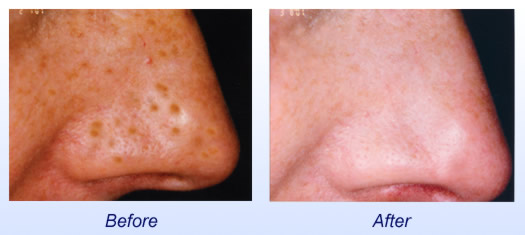
Treatment may vary from 15 to 45 minutes depending on the size of the area to be treated. First, the treated area is cleansed and a cool gel is applied. When the pulse of light is delivered, the sensation is similar to a snap of a rubber band. After treatment, the gel is removed, the skin cleansed, and a sunscreen is applied. Pain is minimal; however, topical anesthesia can be used for maximum comfort. For sensitive skin, a cool compress is applied following treatment.
Are there any possible side effects?
Side effects are rare. Immediately following treatment, the skin may appear flushed, brown pigmented spots may appear darker, and capillaries may be more visible. In rare instances, temporary swelling and/or blistering can occur.
What improvement will I see?
Patients have a high degree of satisfaction with their results. Expect to see a gradual decrease in redness, broken capillaries, flushing, irregular pigmentation, pore size, and fine lines. After each treatment, the skin will feel smoother and appear to have a more even tone.
What is the role of PhotoFacial in the treatment of Rosacea?
Rosacea is a common condition of the face characterized by redness, caused by dilated blood vessels and frequently developing pustules and swelling. Flushing is the most devastating characteristic. As many as seventy-million Americans have undesirable redness and/or sun damaged skin. Sun exposure, alcohol, medications, stress, and aging are common causes of Rosacea. In 1975, the British Journal of Medicine called Rosacea the “most embarrassing disease.” Some individuals have developed a condition called “Erythrophobia” a morbid fear of having a red face.
It has long been noted in medical literature that flushing seems to worsen this condition. No treatment existed, until now, to help stop or even diminish flushing. Dr. Tom and his staff, through this successful treatment protocol called PhotoFacial, can help to control embarrassing flushing by using intense light therapy. By controlling the flushing, the breakouts from Rosacea are diminished. The great nemesis to control Rosacea is the application of cortisone creams, which often worsens the condition. PhotoFacial treatment has reduced the need for topical cortisone creams and antibiotics. Some patients with Rosacea after achieving good results with a course of PhotoFacial treatments require maintenance treatments every six to twelve months.
PhotoDynamic Therapy
Finally, there is a safe and effective alternative to treating acne that also improves sun-damaged skin, fine lines, blotchy pigmentation, and rough skin patches. This advancement in cosmetic medicine, called PhotoDynamic Therapy (PDT), has helped men; women and teenagers improve their skin’s appearance. PDT is being used in conjunction with many other skin rejuvenation therapies such as Intense Pulsed Light PhotoFacial and laser skin rejuvenation procedures. If only you could undo the years of sun damage … now you can!
What is PhotoDynamic Therapy?
PhotoDynamic Therapy (PDT), also known as ALA/PDT, is a treatment performed with a topical photosensitizing agent called Levulan (5-aminolevulinic acid or ALA) that is applied to your skin and then activated with the correct wavelength of light. These treatments remove sun damaged precancerous spots called actinic keratosis. Treatments also improve sun-damaged skin, fine lines, blotchy pigmentation, and rough skin patches. PhotoDynamic Therapy treatment has the unique ability to minimize pores and reduce oil glands–effectively treating stubborn acne vulgaris, acne Rosacea, and improving the appearance of some acne scars.
What are the side effects?
The treated area can appear red and you may experience some peeling for up to 7 days following treatment. Mild swelling can occur around the lip or eye area. If swelling occurs it is usually temporary and will subside within a day or two. Sensitive skin may appear very red for the first couple of days. Pigmentation spots can become temporarily darker and then will peel off, leaving the skin smooth and even-toned. You will be advised to stay out of the sun and to consistently use a sun block. You will be photosensitive for several days and must protect the treated area.
How much improvement can I expect?
You will see improvement after each treatment. People with severe sun-damaged skin, actinic keratosis, rough skin patches, poor skin texture, and uneven pigmentation may see excellent results. Treatment improves the appearance of large pores and some acne scars. Active acne can improve dramatically.
How many treatments will I need?
To achieve maximum improvement for sun damage, texture and skin tone, a series of three or more treatments performed 2 to 4 weeks apart is often recommended. Some skin conditions respond with a single treatment. Additional treatments can be performed as needed or to maintain your desired result.
How is the procedure performed?
First, the area being treated will be cleansed and properly prepared for treatment. In some cases, Microdermabrasion or an exfoliating scrub may be performed. On some skin types a gentle cleanser will be used. The Levulan® is applied evenly to the area and may be left on the skin for up to an hour. Once removed, several techniques may be used to correct your skin including blue light therapy or Intense Pulsed Light PhotoFacial treatment. In some cases, a topical anesthetic is applied for added comfort.
Will treatment improve acne?
Yes. Acne is a disease involving the sebaceous glands of the skin and affects over 80% of adolescents and many adults. During puberty, our bodies produce large amounts of an oily substance called sebum. Sebum, when combined with excess skin debris, sticks together in our pores causing the pore to become plugged. Without effective treatment, these clogged pores can become infected, red, swollen and form unsightly pimples that can lead to scarring. Topical creams can irritate the skin and take months to work. Antibiotics can have multiple side effects and become less effective over time. After several PDT treatments, mild and active acne can improve dramatically.






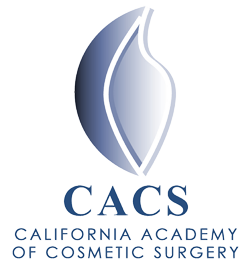
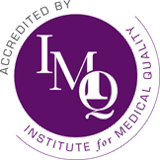

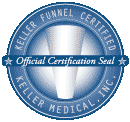
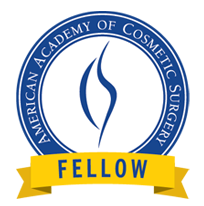

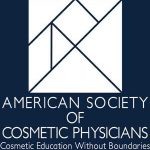

Follow Us!